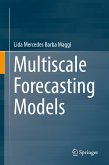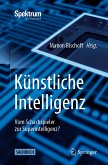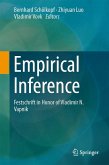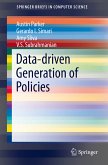Dieser Download kann aus rechtlichen Gründen nur mit Rechnungsadresse in A, B, BG, CY, CZ, D, DK, EW, E, FIN, F, GR, HR, H, IRL, I, LT, L, LR, M, NL, PL, P, R, S, SLO, SK ausgeliefert werden.
"Predicting 'future dangerousness' has been a hot topic in psychology, sociology, and criminal justice for many years. ... The current state of machine learning statistical procedures utilizing very large datasets is presented in a little over 100 interesting pages. The book is aimed at social science graduate students and researchers, and criminal justice data analysts. Anyone interested in the topic will find it a good read. ... Clearly, the author is moving our knowledge of this important topic forward." (Brad Reid, ACM Computing Reviews, October, 2012)









